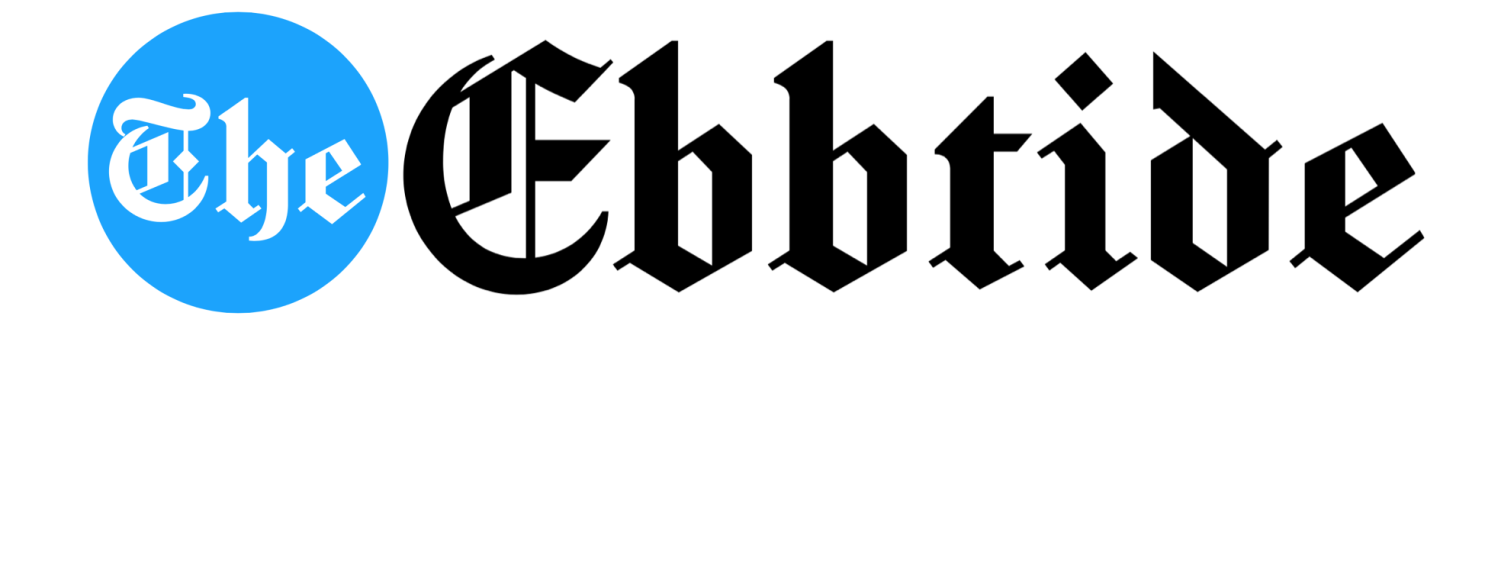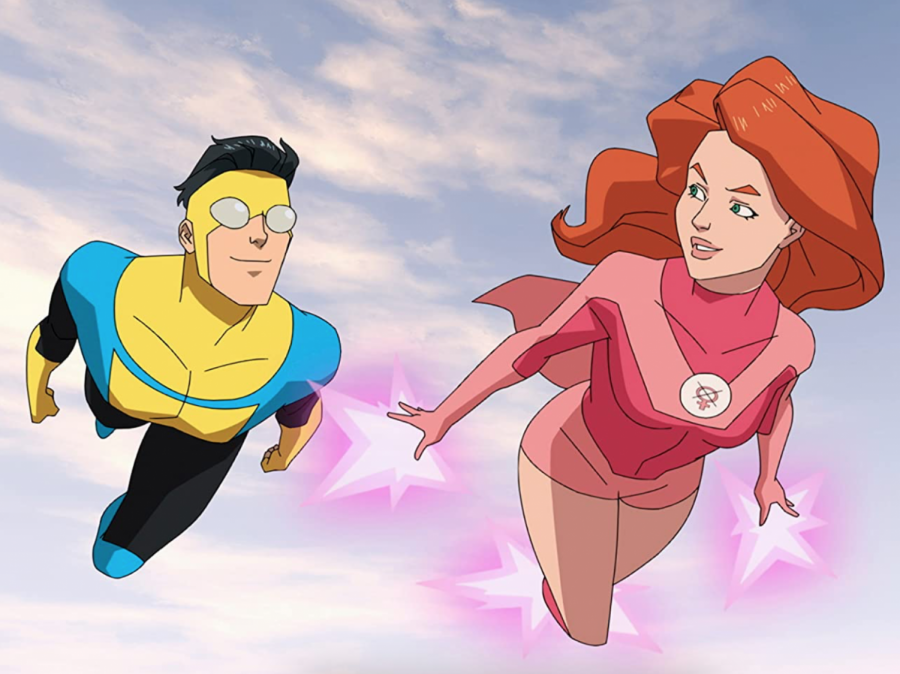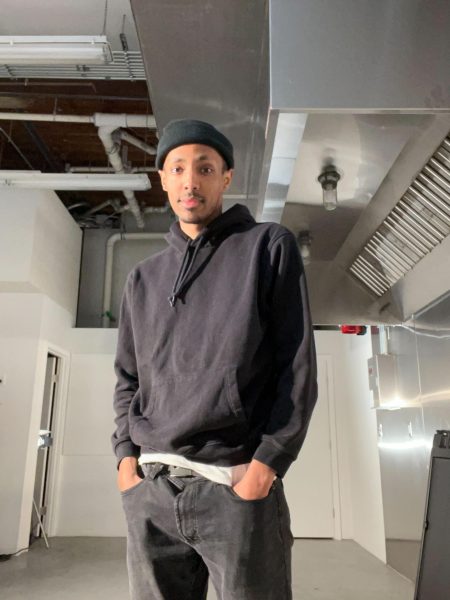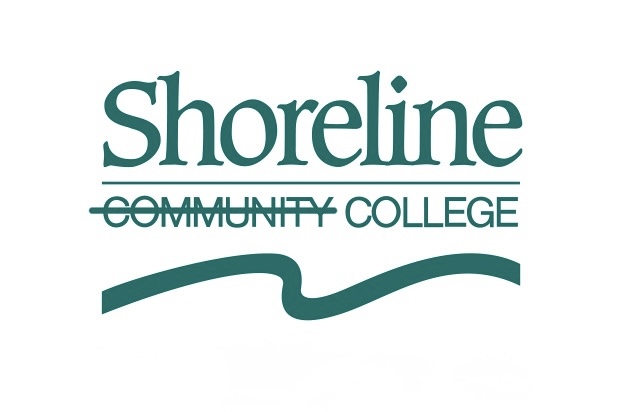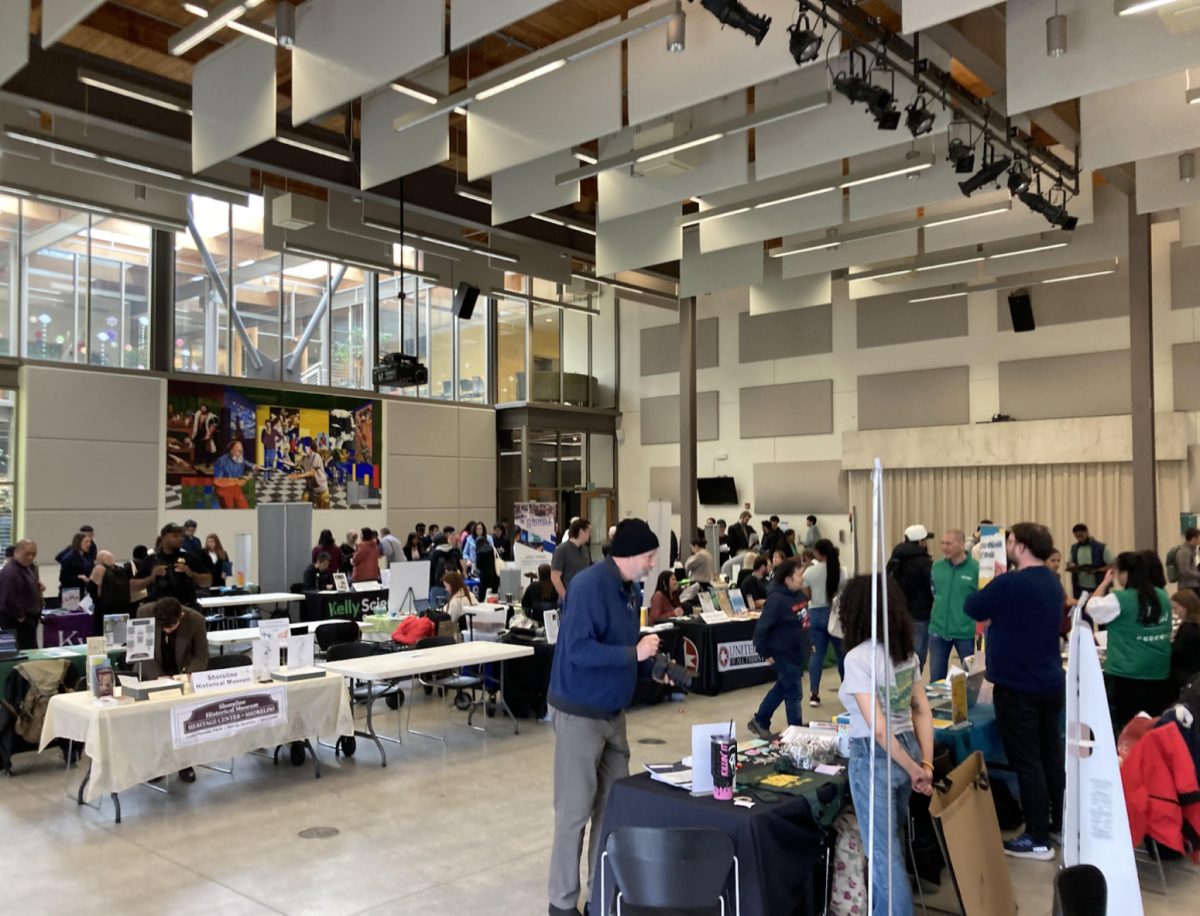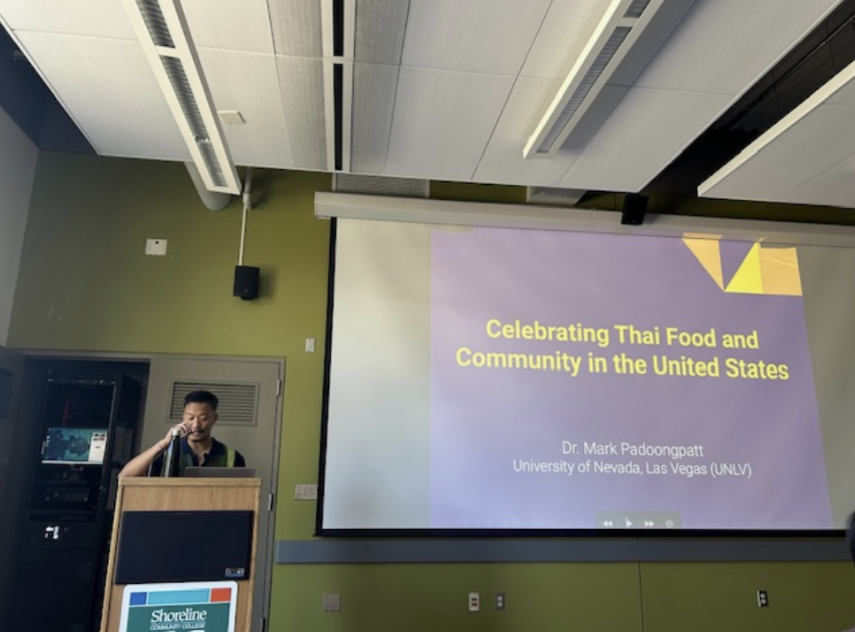Review: Amazon Prime Debuts ‘Invincible’
May 28, 2021
I just can’t get enough superhero movies and TV shows.
Looking back, I’ve reviewed “The Boys,” “WW84,” “WandaVision” and Zack Snyder’s director’s cut of “Justice League.” For my first Halloween I dressed up as Spiderman, and I’ve rewatched the Sam Rami “Spiderman” films numerous times over the past year.
In April, I saw spoilers for an animated Amazon Prime series called “Invincible” that peaked my interest. From there, I caught myself up with the series and followed it until the finale — and it was quite a ride.
What’s Going On?
“Invincible” is based on the successful comic book series of the same name that ran from January 2003 to February 2018.
It tells the story of Mark Grayson (Steven Yeun), a high schooler whose father happens to be the strongest hero on Earth. After Mark’s 17th birthday, his powers manifest, forcing him to balance his normal life with the responsibilities of hero work.
His father, Nolan Grayson (J.K. Simmons), is a successful author by day and superhero Omni Man by night. Nolan is a Viltrumite — a type of humanoid alien — that was sent to protect Earth. Soon after he first arrived on the planet, Nolan saved and fell in love with experienced realtor Debbie Grayson (Sandra Oh), Mark’s mother.
The show starts off relatively slow, but by the end of the first episode a murder investigation ensues. The Guardians of The Globe (this universe’s equivalent of Marvel’s Avengers or DC’s Justice League) are all killed off, and Omni Man is left in critical condition. This moment becomes the catalyst for the conflict of the series.
If it hasn’t been spoiled for you yet, I urge you to check out the series.
Changes for the Better
Various details in the show differ from their comic origins. While a lot of these changes were positively received, some were heavily questioned, such as the alteration of one of Mark’s love interests, Amber Bennett (Zazie Beetz).
In the comics, Amber is a blonde, whereas in the show she’s Black. Her interests are also vastly different compared to her comic counterpart. A number of people felt that the writing behind her character perpetuated negative stereotypes about Black women; however, Amber’s decisions in the animated series were backed up by the story arc.
In addition to the diversity that the new Amber brings to the series, she also makes the story better by holding Mark accountable.
In the comics, Amber is more overtly supportive of Mark being a hero: When Mark reveals his superhero alter ego in issue #0, Amber gets excited and asks him to tell her everything. In contrast, when Mark reveals his secret in the series, Amber breaks up with him since up until that point he had managed their relationship poorly.
Mark then tries to use the revelation as leverage to keep the relationship afloat, but with little success. This interaction puts the show a peg above the comic by telling a more unique story.
The Future
“Invincible” holds similar themes to “The Boys” in that they’re both comic book adaptations that explore dark subject matter through superheroes.
However, “Invincible”’s main focus is on how Mark’s social dynamic evolves when faced with these new responsibilities, while “The Boys” deconstructs the celebrity aspect of heroism to make interesting social commentary on the costs of commercialisation.
Interestingly, Seth Rogen helped produce both shows. Fans will also note that a live-action movie iteration of “Invincible” is currently in the works with Rogen and fellow writer and producer Evan Goldberg attached.
Having read the comics and watched the first season, I get the feeling this show will be talked about for years to come.
